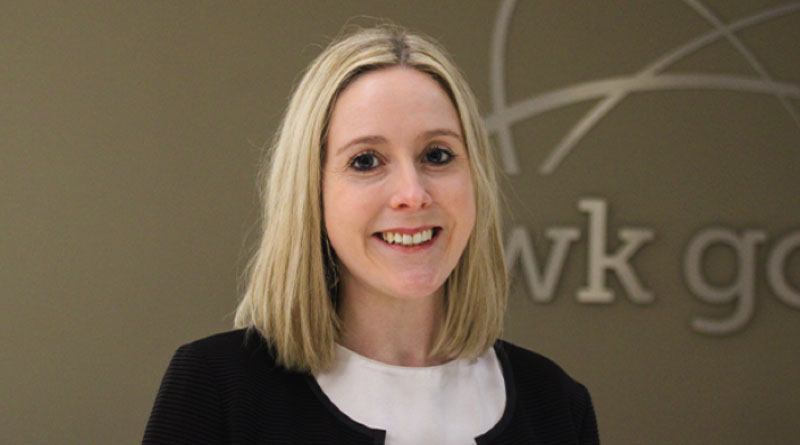Stories Of Abuse In The Media – How To Protect Yourself Against Every Provider’s Worst Nightmare
By Anna Fee, Senior Associate Solicitor, RWK Goodman (https://rwkgoodman.com/sector/health-social-care)
There is often a media frenzy around stories relating to abuse in the care sector and whilst these stories draw attention to an important issue, they also detract away from the ‘good news’ stories that exist. Fortunately, abuse in the care sector is not a widespread issue and the majority of care homes provide good care to residents.
What can providers do to reduce the risk of abuse?
Providers have a legal duty to comply with Regulation 13 of the Health and Social Care Act 2008 (Regulated Activities) Regulations 2014, which relates to safeguarding service users from abuse and improper treatment. It is therefore important to ensure that there are measures in place to help protect against abuse including the following:
• An open and transparent culture.
• Robust recruitment processes.
• Appropriate safeguarding policies and procedures.
• Suitable staff training and supervision.
An open and transparent culture is key in any organisation and this includes care homes. Providers and managers should promote a culture where safeguarding matters are openly discussed and where staff feel safe to report any concerns that they have.
Providers need to have robust recruitment processes in place to prevent unsuitable staff working with vulnerable service users. This includes undertaking enhanced DBS checks and ensuring that satisfactory reference checks have been completed.
Care homes should have an appropriate safeguarding policy in place which sets out why safeguarding is necessary, the signs of abuse and how to report concerns (both internally to managers and externally to the Local Authority Safeguarding Team). The NICE guidance on ‘Safeguarding adults in care homes’ (2021) is a useful document for providers to refer to as it sets out recommendations on policy and training to help providers improve staff awareness of safeguarding matters.
Staff training is also key. Once staff commence employment at a service it is important that as part of their induction they receive appropriate safeguarding training. The training should inform staff about how to recognise the different types of abuse and the ways in which they can report concerns to senior staff. Competency in relation to safeguarding matters should also be assessed regularly through supervision and ongoing training.
The use of CCTV cameras
A number of providers now have CCTV in place in the communal areas of their services. The reason for this is because it can help to protect service users from harm. CCTV can also serve as a deterrent to any individuals who might commit abuse and equally protect innocent staff members who are accused of any wrongdoing.
If providers do use CCTV in their service, it is important that they have a robust CCTV policy setting out what protective measures are in place. It is also important that staff, service users and their families have been consulted on the use of CCTV and that appropriate consent has been sought from them.
The use of CCTV must be proportionate and there should be appropriate mechanisms and safeguards in place. Covert surveillance is not recommended in service users’ bedrooms or other areas where they receive personal care due to the infringement on their Article 8 right to private life.
Conclusion
Strong leadership and appropriate staff training where staff feel empowered and encouraged to report concerns are crucial tools to help protect against abuse. Where any form of abuse is suspected or discovered, providers must take appropriate action without delay. This includes making referrals to relevant bodies such as the Local Authority, the CQC and the police where appropriate.

